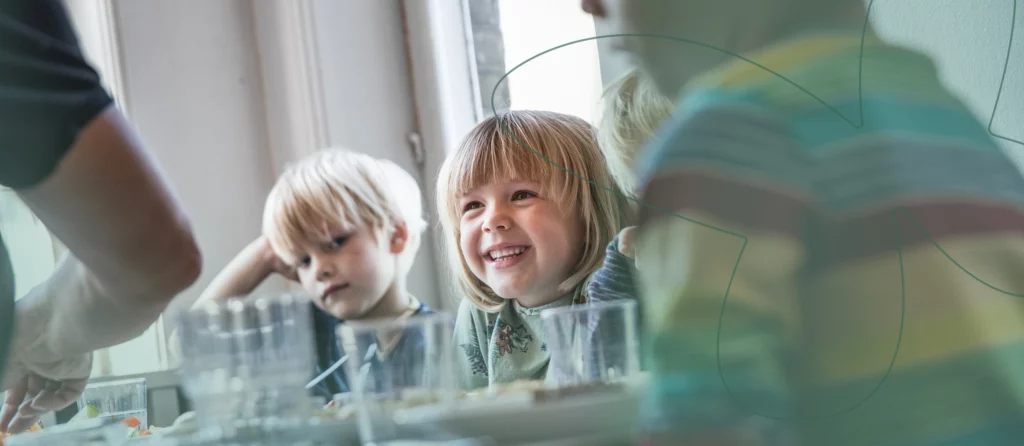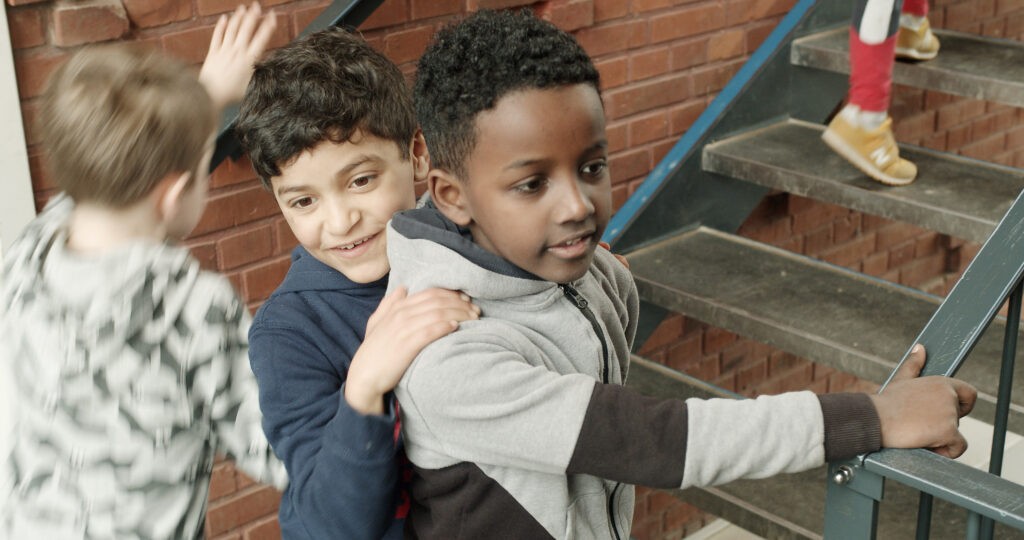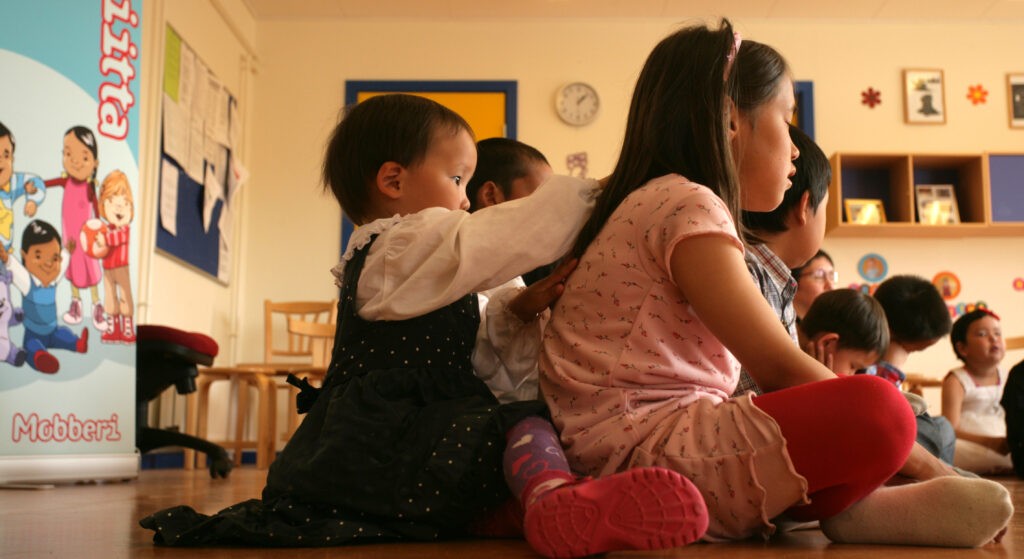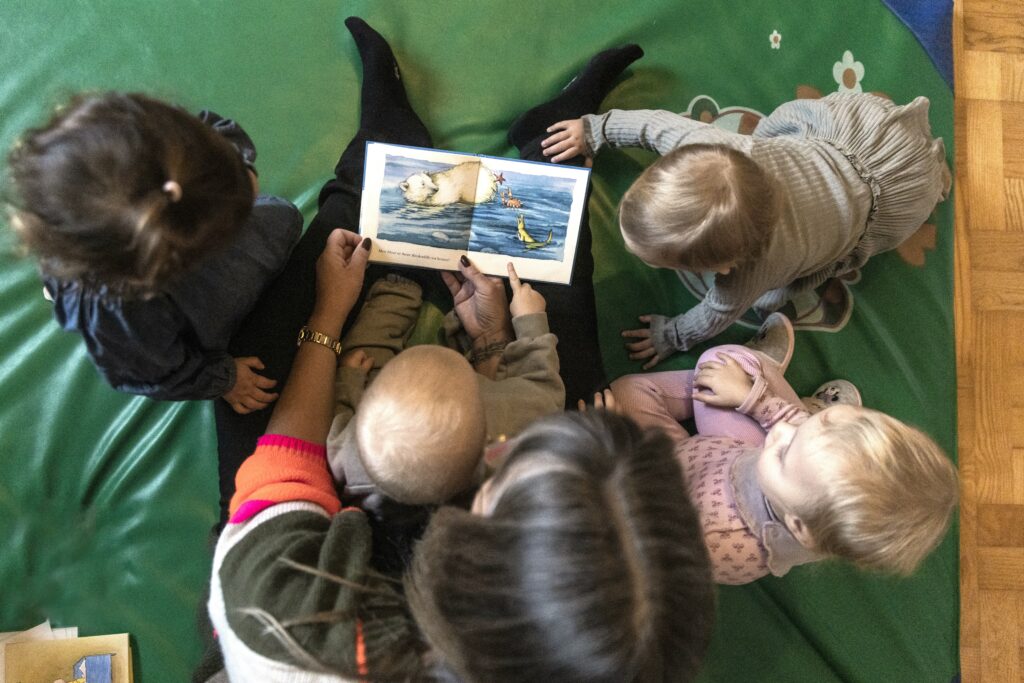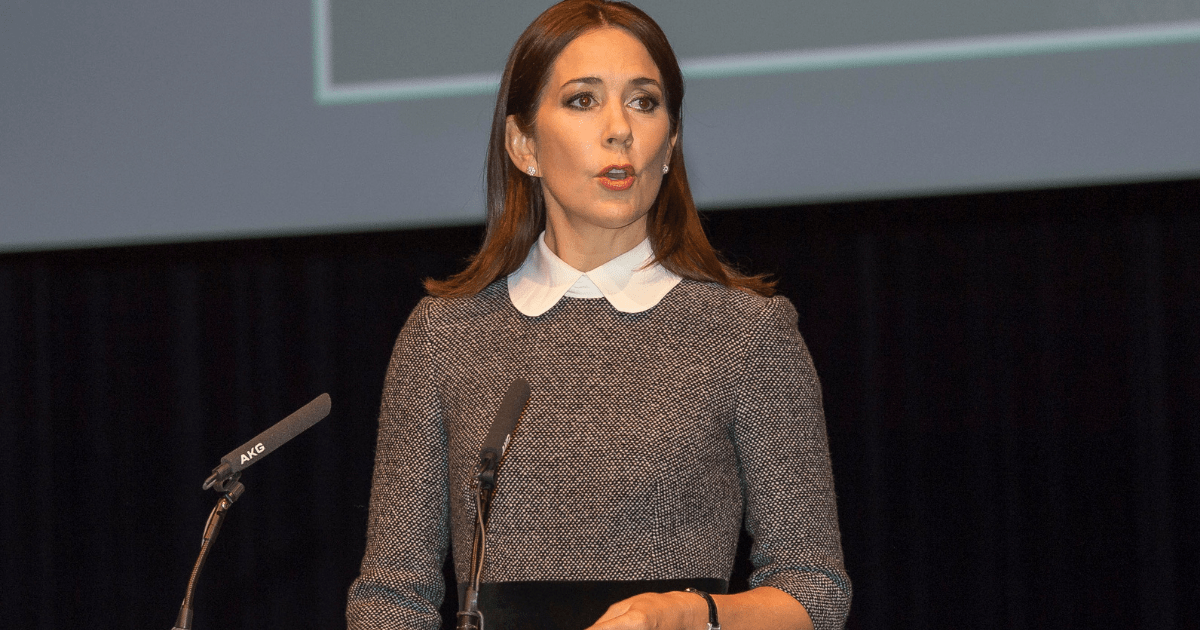
Honorable ministers, distinguished guests, ladies and gentlemen.
I am very pleased to be here today and to take part in the Third World Conference of Women’s Shelters. I’ve had the pleasure of participating in 2012 at the 2nd world conference in Washington. Plenary Session 4 is about the importance of international cooperation, it is about our ability to work together, to identify best practices, to share our knowledge and experiences and to make local, regional and global commitments in our efforts to stop violence against women and girls around the world.
In 2000 the UN General Assembly agreed on 8 Millenium Development Goals. All UN Member States and a number of international organizations committed to contribute to the achievement of these goals by 2015.
The MDGs were revolutionary in providing a common language to reach global agreement on achieving progress in the world’s developing countries. And we have made significant progress. But that progress has been far from uniform across and within countries and the goals that lagged the most were those with women and girls and at their core. Goal 3 of the eight goals was to promote gender equality and empowerment of women. Surprisingly, there was no specific target directed at eliminating violence against women and girls.
Awareness of violence against women and girls has grown over the last 15 years. Violence against women and girls has increasingly been recognized as a global epidemic of alarming proportions and as an urgent human rights and public health priority.
Today, legal prohibitions are more extensive but, gaps remain. And political will has been intensified. But the reality is that much more needs to be done, both for prevention and response, despite the promising mobilization and intensifying commitments.
One in three women worldwide have experienced physical or sexual violence, the vast majority at the hands of her husband or partner.
Globally, as many as 38% of all murders of women are committed by intimate partners.
Nearly a third of adolescent girls, who have been in a relationship, have experienced violence at the hands of their partner.
The first sexual experience of up to one third of women is forced.
Shocking numbers but, it is important to recognize the individual people and stories that these numbers represent. We need to understand the dynamics behind these numbers if we want to change them.
Violent behavior is strongly influenced by our cultural and social norms; that is rules or expectations of behavior within our societies. Unspoken social standards of appropriate and inappropriate behavior that govern our interaction with others. We know that:
Large shares of women, men and young people in various countries still believe violence is justified for reasons such as the woman leaving home without permission, or burning the meal she prepared for the family.
Globally, nearly half of adolescent girls aged 15 to 19 think a husband or partner is justified in hitting his wife under certain circumstances.
In many societies, female children are valued less than males.
Communities continue to adhere to harmful traditional cultural practices such as female genital mutilation and child marriage.
In general, intimate partner violence is a taboo subject and in some cultures reporting of abuse is seen as disrespectful.
The complexity of violence is obvious. Violence against women is chronically under-reported and information on laws addressing gender based violence is also sparse. Hundreds of millions of women live in countries where domestic violence is not a crime, or where laws against it exist, but enforcement is lacking. Constitutional change and strong legal frameworks are fundamental but, that alone hasn’t been able to change the statistics.
Let’s take the example of Child brides – a clear breach of human rights and a social norm closely linked to partner violence. I would like to use this example to illustrate how legislation and social norms can contradict one another.
In many countries, child marriages are technically illegal. However, girls continue to be are married off before they are 18 and many even before they turn 15.
Why is this, when the law is clear?
Well, the law is rarely and often difficult to enforce and there can exist a type of ‘silent acceptance’ of child marriages amongst officials, leaders and communities.
But, something else is at play – social pressure and tradition. A girl’s education is not seen as important, as ultimately her role is in the home. Unmarried girls are often sexually harassed and marriage is seen as a way to protect and ensure respect for a woman. If a girl is not married by the time she is 18, her prospects of finding a partner are very limited.
In the words of a mother to a 15 year old bride and I’m paraphrasing here; she saw nothing wrong with the marriage as it was normal in their community. She believed that this marriage was what was best for her daughter and her future.
Social pressures and traditions are extremely strong and binding. To not adhere to them is often a harder decision to make than breaking the law. Therefore a change in social norms and traditions must form part of any solution to end violence against women and girls.
Violence does not discriminate, but takes place in all social spheres, in all cultures and in all countries. Take my country, for example, Denmark; we have strong legislation and enforcement in this area, we have an impressive record on gender-equality, culturally and socially violence is condemned and not accepted and it’s an area with focus and a broad range of organizations and initiatives established to combat violence against women.
Despite this, more than 7% of young Danish women, who have been in a relationship, have experienced violence at the hands of their partner and 35 % of women fleeing to a women’s shelter have been there before. And still many women remain silent about the violence so, these figures are likely much higher.
Why does violence continue to persist in an environment where socially and politically it should not be able to?
There is no simple answer, but part of it is that in Denmark violence continues to exist in the dark. There is still so much shame and self-blame associated with intimate partner violence. There continues to be a lack of knowledge and understanding and it’s just not something we talk about.
So even though a country like mine has made great strides, we still need to break the silence and to confront the social norms that silence victims. We need women, men, girls and boys to recognize and say ‘no’ to violence – whether they are victims, survivors, perpetrators or bystanders – we must stand together and speak-out about violence.
In other words we need to create a paradigm shift. This issue is not just a women’s issue. I find it perplexing that men are often erased from the conversation when we talk about violence against women.
Men need to more actively take part in the discussion. Not as part of the problem, but as a part of the solution. This must be a joint agenda. The majority of men are not violent – we need that majority to challenge the minority, who are violent.
Let’s go back to looking at attitudes and the norms. When men challenge men, it works. When men loose status in the eyes of another man, it works. So we need men to speak out. We need them to talk about violence and to react when they witness not only violence, but also the social norms supporting violence.
Secondly, we need to support men in stopping their violent behavior. If we can remove the cause, we can change the effect. Violence and powerlessness is deeply connected. In the Spring I met with four Danish men, who had all been violent in their intimate relationships. I met them at a group session at the Danish organization Dialogue against Violence. They were attending a program aimed at changing their patterns and ending their violent behavior.
These four men succeeded – not from one day to the next, but by continuously working (over a longer period) with anger management and self-awareness. To this day, they still feel the same anger that used to end in violence, and that anger will probably always be a part of them, but now they are able to recognize it early enough to control it.
Even though it can be difficult to understand, we have to accept that the greatest wish of many of the women living with a violent partner is for the violence to stop and to keep the family together. By supporting these four men, their families are today still together, living a life, with their challenges but, free of violence.
It is a sensitive issue, I know. Helping violent men can be seen as shifting our focus away from the women, the victims. Working with perpetrators of violence should never comprise the support and work to empower women who have experienced violence – that goes without saying. In some cases men are not ready or open to being helped. But we need to start addressing the fact that violent men, not in all, but in some cases can be helped – with the right interventions behavior can change.
Last year, I visited South Africa and the small local NGO Brothers for Life an organization that engages men and boys as agents of change. Through their work and dedication they have mobilized local communities, primarily men, to change behavior and to find alternative strategies to manage conflict within their relationships – and with good results.
It was the words of the men and boys who today embrace their roles as loving husbands and fathers that had the greatest impact on me. And I would like to share the words of one of the ‘Brothers’ – as they refer to themselves as.
An older, charismatic man (who was a relatively well-known actor) described himself as ‘an experienced wife-beater from a line of abusers’. He went on to say: ‘I was blessed to join this program and today I am a transformed perpetrator. If a guy like me can change, so can they’.
Brothers for Life’s core is ‘that no man is born violent’. Violence is something that is learnt through observing our parents, through men who are believed to be role models within our communities and through the manner in which the mass media represents gender relationships.
By communicating the message “A real man is protective towards women” Brothers for Life successfully links non-violent behavior to masculinity and creates positive new role models. Their aim is to break the cycle of violence through mobilizing communities to adopt a zero tolerance towards gender based violence.
The case in South Africa is a good example of male role models as powerful agents of change In my foundation, the Mary Foundation one of our main focus areas is violence against women. In the beginning of 2015, we invited Brothers for Life to Denmark to meet with us and the Danish organization Dialogue against Violence which I referred to earlier.
Dialogue against Violence has developed over a longer period evidence-based methodologies and programs to work with men who want to change their violent behavior. Brothers for Life now have access to these learnings and in combination with their ‘role models’ approach these two organizations are working together to develop a new program aimed at South African men.
And for us in Denmark, we have the opportunity to learn more about how to address and involve men in our work. This partnership is an excellent example of the value of international collaboration.
Eliminating all forms of violence against women and girls cannot be achieved without joint international, regional and local action. In September, the UN adopted 17 new Sustainable Development Goals, the SDG’s, and 169 targets that provide the blueprint for the world’s development agenda over the next 15 years. This agenda is universal and one could say is the most ambitious in history. Never before, have world-leaders pledged common action across such a broad and universal policy agenda that applies to all nations and all people.
Women and girls as critical drivers of development have been strongly recognized throughout the Agenda and more specifically, by Goal number 5; to achieve gender equality and empower all women and girls.
And one of the many targets under goal 5 is to eliminate all forms of violence against all women and girls in the public and private spheres, including trafficking and sexual exploitation and elimination through the engagement of men and boys– and I strongly welcome the addition of these words ‘including through the engagement of men and boys’ in the Declaration by the Member States of the UN.
In agreeing upon this goal and target, it is recognized that each country commits itself to mobilizing the means required to implement the Agenda (goal 17), through revitalized global partnerships for sustainable development – the participation of all countries, all stakeholders and all people.
Systematic follow-up and review of implementation will be conducted over the next 15 years – at national, regional and global levels. This will provide for increased peer learning and sharing of best practices. A set of global indicators are being developed to assist this work and it is acknowledged that efforts will need to be intensified to strengthen statistical capacities in developing countries.
The global indication framework will be finalized in March 2016 and will be complemented by indicators at the regional and national levels which will be developed by the Member States.
This framework is essential to tracking progress and ensuring that no-one is left behind.
Achieving gender equality and the empowerment of women and girls will make a crucial contribution to progress across all 17 goals and 169 targets. And our ability to achieve truly transformative change and results across all goals is dependent on the progress achieved for girls and women. A sustainable world cannot exist if one half of humanity continues to be denied its full human rights and opportunities. And with the adoption of the new sustainable development goals, we have a tool for the coordinated international action required.
The 2030 Agenda for Sustainable Development has given us a common global goal. Now is the time for implementation – within families, societies and countries. Now is the time to transform this agenda into a reality – a new reality for millions of women – a life free of violence.
Legislation and enforcement alone are not enough. Changing behavior and social norms, increased knowledge and reporting, raising awareness and understanding, intensified commitments and strong global partnerships are all critical to prevention and response.
If we all – men and women, girls and boys – recognize gender-based violence when we see it and if we all agree that violence can never be accepted and can never be justified – then we will have come a long way.
At this conference we gather and share experience and know-how from all over the world. We add new perspectives on how to prevent and respond to violence against women and girls. We stand united and therefore strong.
My hope is that next time we meet, our progress toward our common goal will be great and that more men from all over the world will join us on this journey. We need all the voices we can get, if we want to build a world free of violence. It is up to us to build a culture where violence isn’t tolerated.
Thank you.
